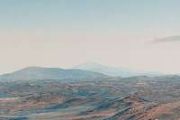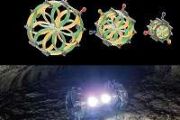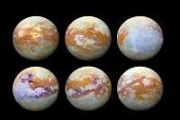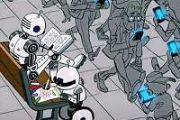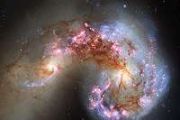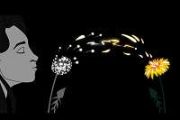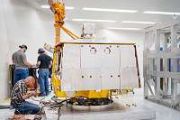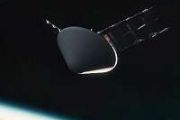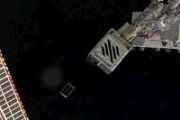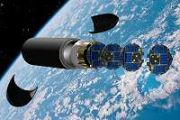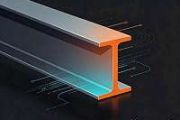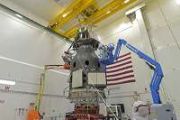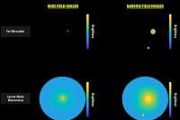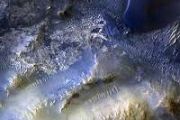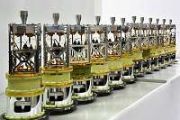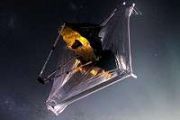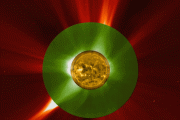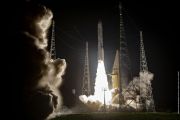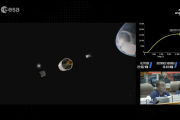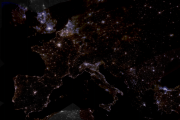
Copernical Team
A new space race? China adds urgency to US return to moon

Space startups pitch to fly at IAC 2022
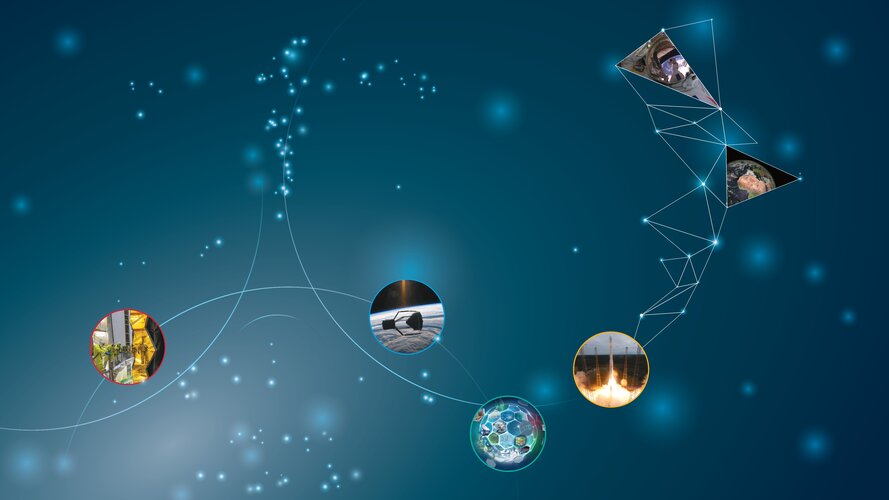
ESA will introduce ten promising entrepreneurs in its start-up competition held at the 73rd International Astronautical Congress (IAC 2022) in Paris from 18–22 September.
In-flight call between European Parliament and Samantha Cristoforetti
 Video:
00:19:25
Video:
00:19:25
On 15 September 2022, ESA astronaut Samantha Cristoforetti conducted an in-flight call with the European Parliament from the International Space Station. In conversation with President Metsola and ESA Director General Josef Aschbacher, she provided insights into the importance Europe’s presence in space, as well as the scientific and technological progress enabled by its activities. The three also touched on Samantha’s upcoming commandership, life on the Station, and the pressing issue of space debris.
ESA’s Test Centre expands
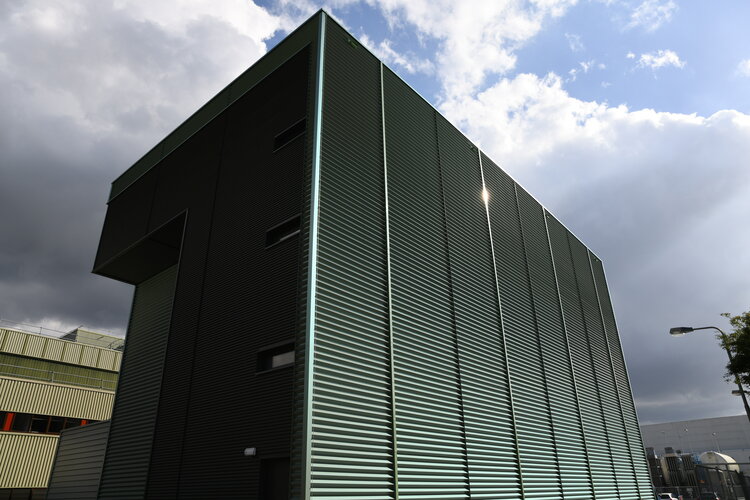 Image:
ESA’s Test Centre expands
Image:
ESA’s Test Centre expands World's first satellite with both SAR and Optical Payloads will revolutionize geospatial imaging
 Antaris, the software platform provider for space, and GalaxEye, an imaging satellite operator, has announced the signing of a Memorandum of Understanding to create the world's first satellite featuring both SAR and optical sensors on a single satellite. The MOU highlights a unique commitment between three Indian space leaders-GalaxEye, Ananth Technologies and XDLINX Labs-and US-based satellite
Antaris, the software platform provider for space, and GalaxEye, an imaging satellite operator, has announced the signing of a Memorandum of Understanding to create the world's first satellite featuring both SAR and optical sensors on a single satellite. The MOU highlights a unique commitment between three Indian space leaders-GalaxEye, Ananth Technologies and XDLINX Labs-and US-based satellite Proposed Tandem4EO constellation will combine radar and optical imaging for Europe
 ICEYE, the owner of the world's largest synthetic-aperture radar (SAR) satellite constellation and SATLANTIS, a leading New Space optical imaging company, has announced preliminary plans to develop and manufacture a proposed Tandem for Earth Observation (Tandem4EO) constellation consisting of two radar and two VHR optical satellites. The announced program is planned to support the New Space stra
ICEYE, the owner of the world's largest synthetic-aperture radar (SAR) satellite constellation and SATLANTIS, a leading New Space optical imaging company, has announced preliminary plans to develop and manufacture a proposed Tandem for Earth Observation (Tandem4EO) constellation consisting of two radar and two VHR optical satellites. The announced program is planned to support the New Space stra Taikonauts enjoy 'home-grown' meal during Mid-Autumn Festival
 During this year's Mid-Autumn Festival, three Chinese astronauts onboard the country's space station has, for the first time, eaten fresh lettuce they planted themselves in space, along with mooncakes and other delicious food.
The three astronauts entered the Tiangong space station in June. They brought seeds, including those of lettuce, and cultivated them in the space station.
Afte
During this year's Mid-Autumn Festival, three Chinese astronauts onboard the country's space station has, for the first time, eaten fresh lettuce they planted themselves in space, along with mooncakes and other delicious food.
The three astronauts entered the Tiangong space station in June. They brought seeds, including those of lettuce, and cultivated them in the space station.
Afte NASA funds projects to study orbital debris, space sustainability
 As part of NASA's efforts to address orbital debris, the agency is funding research proposals from three university-based teams over the next year to analyze the economic, social, and policy issues associated with space sustainability.
Orbital debris consists of human-made objects orbiting Earth that no longer serve a purpose, including mission-related and fragmentation debris, nonfunction
As part of NASA's efforts to address orbital debris, the agency is funding research proposals from three university-based teams over the next year to analyze the economic, social, and policy issues associated with space sustainability.
Orbital debris consists of human-made objects orbiting Earth that no longer serve a purpose, including mission-related and fragmentation debris, nonfunction Beyond Gravity lays foundation for next growth phase
 Beyond Gravity ignites the next stage on its way to privatization: In addition to Launchers and Satellites, Lithography is established as a third division. The business with apertures and stabilizers for the production of microchips has grown strongly in recent years and is showing promising development. Furthermore, the support functions in the company will be reorganized into Finance, HR and C
Beyond Gravity ignites the next stage on its way to privatization: In addition to Launchers and Satellites, Lithography is established as a third division. The business with apertures and stabilizers for the production of microchips has grown strongly in recent years and is showing promising development. Furthermore, the support functions in the company will be reorganized into Finance, HR and C China launches Zhongxing-1E satellite
 China successfully sent a new satellite into space from the Wenchang Spacecraft Launch Site in the southern island province of Hainan on Tuesday.
The satellite, Zhongxing-1E, was launched at 9:18 p.m. (Beijing Time) by a modified version of the Long March-7 carrier rocket and entered the planned orbit successfully. It will provide high-quality voice, data, radio and television transmission
China successfully sent a new satellite into space from the Wenchang Spacecraft Launch Site in the southern island province of Hainan on Tuesday.
The satellite, Zhongxing-1E, was launched at 9:18 p.m. (Beijing Time) by a modified version of the Long March-7 carrier rocket and entered the planned orbit successfully. It will provide high-quality voice, data, radio and television transmission 

